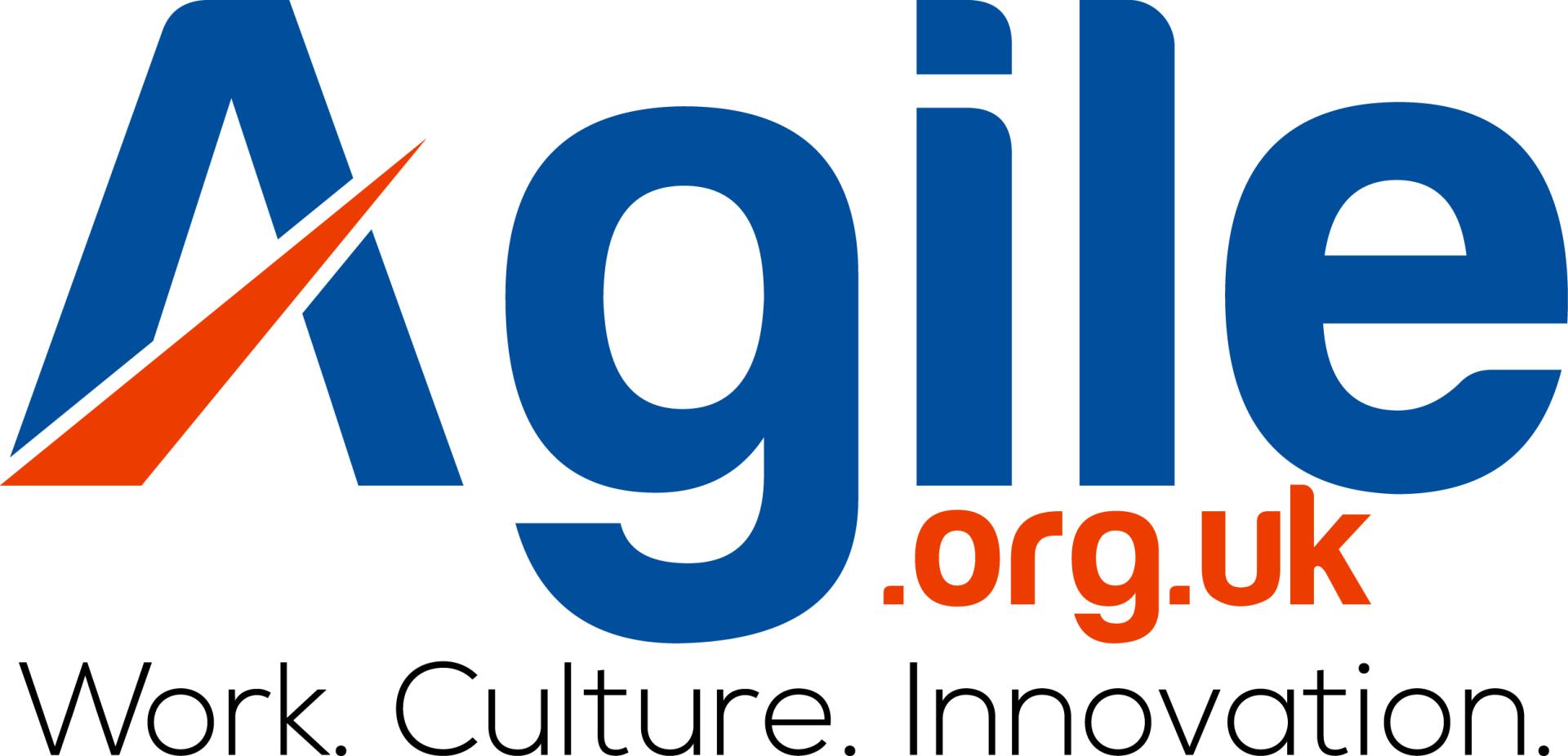In today’s ever-changing world, the concept of agile work environments has become increasingly popular. Agile work environments are designed to promote flexibility, collaboration, and fast decision-making. But what exactly is an agile work environment? How can it be used to maximize productivity?
In this article, we’ll explore the concept of agile work environments and how they can be used to maximize productivity. We’ll look at the benefits, challenges, and best practices for implementing agile working in your company.
What is an Agile Work Environment?
An agile work environment is an organizational structure designed to promote flexibility and collaboration. It focuses on the ability to quickly respond to changes in the marketplace, customer needs, and other external factors. In an agile work environment, teams are empowered to take ownership of their work and make decisions quickly.
The concept of agile working has been around for a while, but it has become increasingly popular in recent years. The rise of technology, globalization, and the changing workforce have made agile working more attractive to organizations of all sizes.
At its core, agile working is about creating a collaborative and flexible work environment. It involves breaking down traditional hierarchies and providing employees with the autonomy to make decisions and take ownership of their work. This creates an environment where everyone is working together to reach a common goal.
The main benefits of an agile work environment are that it enables teams to be more productive, responsive, and creative. It also encourages innovation and allows teams to quickly adapt to changes in the marketplace.
Benefits of an Agile Work Environment
An agile work environment has many benefits for organizations and their employees. Here are some of the key advantages of an agile work environment:
- Improved collaboration: By breaking down traditional hierarchies, agile working encourages teams to collaborate more effectively. This leads to better communication, faster decision-making, and improved problem-solving.
- Increased productivity: When teams are empowered to take ownership of their work and make decisions quickly, they are more likely to be productive.
- Increased motivation: Agile work environments provide employees with the autonomy to make decisions and take ownership of their work. This leads to increased motivation and engagement.
- Improved customer service: Agile working allows teams to respond quickly to customer needs and changes in the marketplace. This leads to improved customer service and satisfaction.
- Reduced costs: Agile working helps teams to be more efficient and effective, which can lead to cost savings.
Challenges of an Agile Work Environment
While there are many benefits of an agile work environment, there are also some challenges that organizations must be aware of. Here are some of the key challenges of an agile work environment:
- Increased complexity: Agile working can be complex and difficult to manage. Teams must be well-trained and have a clear understanding of their roles and responsibilities.
- Lack of structure: Agile working often involves breaking down traditional hierarchies and structures, which can lead to confusion and lack of clarity.
- Miscommunication: Without clear communication, it can be difficult for teams to collaborate effectively and work towards a common goal.
- Increased workload: Agile working can lead to increased workloads as teams are expected to make decisions quickly and adapt to changes in the marketplace.
- Resistance to change: Some employees may resist the concept of agile working and find it difficult to adapt to the new environment.
How to Create an Agile Work Environment
Creating an agile work environment can be a complex process, but it is essential for organizations that want to maximize their productivity. Here are some tips for creating an agile work environment:
- Establish a clear vision: It is important to have a clear vision of what the organization is trying to achieve. This will help to guide the organization and ensure that everyone is working towards the same goals.
- Set clear expectations: Teams need to understand their roles and responsibilities, and they need clear expectations of what is expected of them.
- Empower employees: Agile working requires teams to be empowered to make decisions and take ownership of their work.
- Encourage feedback: Feedback is essential for agile working. Teams need to be able to give and receive feedback in order to identify areas for improvement and make changes quickly.
- Measure progress: Agile working requires teams to be able to measure their progress and identify areas for improvement.
- Invest in technology: Technology plays an important role in an agile work environment. Investing in technology can help teams to be more productive and efficient.
Tips for Optimizing Productivity in an Agile Work Environment
Once an agile work environment has been established, there are a number of ways to optimize productivity. Here are some tips for optimizing productivity in an agile work environment:
- Create clear goals: Establishing clear goals is essential for teams to be productive. Having an understanding of what needs to be achieved and how it will be achieved can help teams to stay focused and motivated.
- Focus on collaboration: Collaboration is key to an agile work environment. Encourage teams to work together and share ideas to ensure that everyone is working towards the same goal.
- Set deadlines: Setting deadlines can help to ensure that teams are focused and productive. Having a timeline in place can help teams to stay on track and meet their goals.
- Reward accomplishments: Rewarding accomplishments is a great way to motivate teams and ensure that they are on track. Recognizing achievements can also help to boost morale and create a positive working environment.
- Monitor progress: It is important to monitor progress and identify areas for improvement. Regularly reviewing progress can help teams to stay on track and optimize productivity.
Strategies for Managing Teams in an Agile Environment
Managing teams in an agile environment can be challenging, but there are a number of strategies that can help. Here are some strategies for managing teams in an agile environment:
- Establish clear roles: Establishing clear roles and responsibilities is essential for teams to work effectively. It is important to ensure that everyone understands their role and the expectations of them.
- Encourage communication: Communication is essential for teams to collaborate effectively. Encourage teams to communicate openly and regularly to ensure that everyone is on the same page.
- Foster collaboration: Agile working requires teams to collaborate more effectively. Encourage teams to share ideas and work together to ensure that everyone is working towards the same goal.
- Provide feedback: Feedback is essential for teams to stay on track and improve. Provide regular feedback to teams to ensure that they are on the right track and making progress.
- Measure results: Measuring results is essential for teams to identify areas for improvement and optimize productivity. Regularly measuring results can help teams to stay on track and reach their goals.

Image Source: Unsplash
Tools for Measuring Productivity in an Agile Environment
Measuring productivity in an agile environment can be challenging, but there are a number of tools that can help. Here are some tools for measuring productivity in an agile environment:
- Team performance metrics: Team performance metrics can be used to measure the productivity of teams. These metrics can help to identify areas for improvement and ensure that teams are working towards their goals.
- Project management software: Project management software can be used to track progress and measure productivity. This software can help teams to stay on track and meet their goals.
- Task management tools: Task management tools can help teams to organize their tasks and track their progress. These tools can help teams to stay on track and optimize productivity.
- Time tracking tools: Time tracking tools can be used to measure how long tasks take to complete and identify areas for improvement. These tools can help teams to be more efficient and productive.
- Performance reviews: Performance reviews can be used to measure the productivity of teams and identify areas for improvement. Regular performance reviews can help teams to stay on track and reach their goals.
Best Practices for Working in an Agile Environment
Working in an agile environment requires teams to be proactive, creative, and collaborative. Here are some best practices for working in an agile environment:
- Focus on the customer: Agile working requires teams to be customer-centric. Teams need to be able to quickly respond to customer needs and changes in the marketplace.
- Embrace change: Agile working requires teams to embrace change and be able to quickly adapt to new situations. Teams need to be willing to try new things and take risks.
- Communicate regularly: Open and regular communication is essential for teams to work effectively. Teams need to be able to give and receive feedback in order to stay on track and optimize productivity.
- Set realistic goals: Establishing realistic goals is essential for teams to stay motivated and focused. Teams need to have a clear understanding of what needs to be achieved and how it will be achieved.
- Celebrate successes: Celebrating successes is a great way to motivate teams and ensure that they are on track. Recognizing achievements can also help to boost morale and create a positive working environment.
How to Implement Agile Working at Your Company
Implementing agile working at your company can be a complex process, but it is essential for organizations that want to maximize their productivity. Here are some tips for implementing agile working at your company:
- Develop a plan: Developing a plan is essential for implementing agile working. This plan should include a clear vision, goals, roles, and responsibilities.
- Train your employees: Employees need to be trained in order to understand their roles and responsibilities and be able to work effectively in an agile environment.
- Establish clear processes: Establishing clear processes is essential for teams to be productive. Teams need to understand what needs to be done and how it will be done.
- Invest in technology: Technology plays an important role in an agile work environment. Investing in technology can help teams to be more productive and efficient.
- Measure progress: It is important to measure progress and identify areas for improvement. Regularly reviewing progress can help teams to stay on track and optimize productivity.
Conclusion
Agile work environments can be a great way to maximize productivity and enable teams to be more efficient and effective. However, it is important to understand the benefits and challenges of an agile work environment and how to create an effective agile work environment. By following the tips and best practices outlined in this article, you can create an agile work environment that enables your teams to be more productive and creative.
If you want to maximize productivity and create an agile work environment, start by developing a plan and investing in technology. Train your employees and establish clear roles and processes. Encourage collaboration and communication and measure progress regularly to identify areas for improvement. And finally, reward accomplishments and celebrate successes to ensure that your teams are motivated and on track.
By following these tips, you can create an agile work environment that enables your teams to be more productive and creative. With an agile work environment, you can maximize productivity and help your organization reach its goals.













